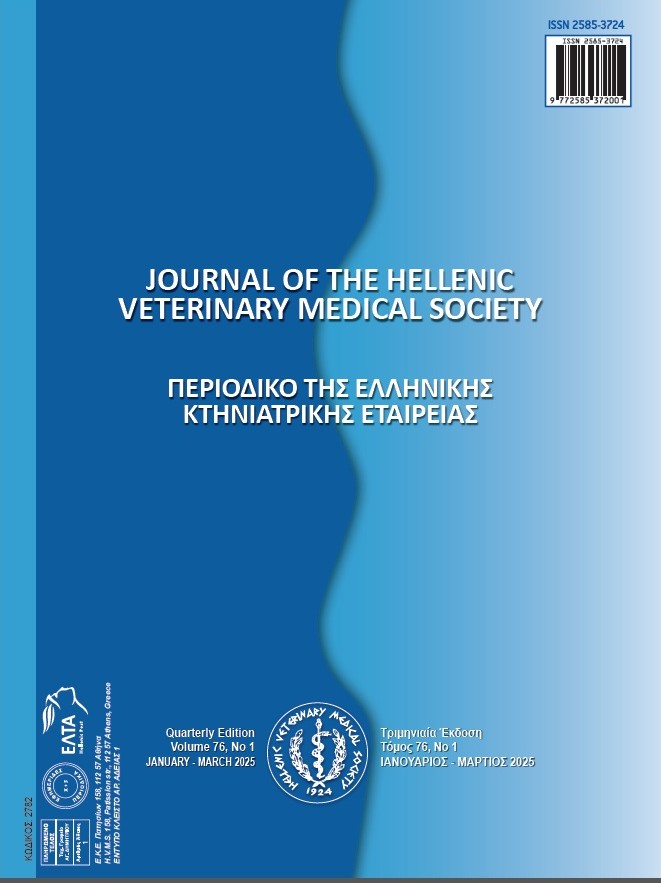Maternal instincts of extensively managed indigenous village chickens
Abstract
Indigenous village chickens (IVCs) are self-reliant, and they have accumulated traits that assure their survival as a species. The reproductive characteristics and behavioral traits are mainly ascribed to maternal instincts. This study reports the maternal instincts of IVCs gathered using face-to-face interviews with small-scale farmers. Indeed, local hens are excellent mothers. Annually, hens became broody on average four times, and in each cycle, on average, they stayed broody (interrupted laying) for 10 days. In the relatively cold highland region, hens tended to be broody for more days compared to the lowland region (t = 2.563, df = 117, p = 0.012, 95% CI: 0.4505, 3.5128). Squawking and the deterrence of cocks were the most frequently reported signs that have been shown by broody hens. Extended broody is usually discouraged by small-scale farmers by relocating the hen to neighborhoods located out of the reach of the broody hen, hanging it down, and disturbing the hen while it attempts to nest. The dry season was reportedly more suitable for the incubation of eggs and hatching of chicks, for example, the reported average hatchability rate during the dry season was 84%, whereas it was 69% in the wet season. To enhance the rate of hatchability and survival of chicks, it is advisable to match brooding practice with the ideal season and select the right type of hen. Hens with appreciable maternal instincts need to be retained in the family flocks to enhance their reproductive capacity.
Article Details
- Zitationsvorschlag
-
Desta, T., & Wakeyo, O. (2025). Maternal instincts of extensively managed indigenous village chickens. Journal of the Hellenic Veterinary Medical Society, 76(1), 8545–8554. https://doi.org/10.12681/jhvms.34427
- Ausgabe
- Bd. 76 Nr. 1 (2025)
- Rubrik
- Research Articles

Dieses Werk steht unter der Lizenz Creative Commons Namensnennung - Nicht-kommerziell 4.0 International.
Authors who publish with this journal agree to the following terms:
· Authors retain copyright and grant the journal right of first publication with the work simultaneously licensed under a Creative Commons Attribution Non-Commercial License that allows others to share the work with an acknowledgement of the work's authorship and initial publication in this journal.
· Authors are able to enter into separate, additional contractual arrangements for the non-exclusive distribution of the journal's published version of the work (e.g. post it to an institutional repository or publish it in a book), with an acknowledgement of its initial publication in this journal.
· Authors are permitted and encouraged to post their work online (preferably in institutional repositories or on their website) prior to and during the submission process, as it can lead to productive exchanges, as well as earlier and greater citation of published work.



